The aim of advertising, like most things, is simple but not easy: to persuade someone to purchase your product or service right now or when they are ready to buy. It sounds so simple that it’s easy for advertisers to forget about the basics, but it’s always a good idea to take a step back and assess your strategy. Are you really thinking about your audience? Are you focusing on a specific goal? Doing routine checks with your team can make a world of a difference when you advertise in Chicago, the nation’s 3rd largest advertising market.
Here are 7 small changes that can make a big difference.
#1 Define who your target audience really is.
Defining your target audience is the most basic aspect in being able to reach out to them. Before you design an advertisement for your product or service, you must identify and understand who your target audience really is, very specifically. Don’t cast a wide net and hope the numbers play out. Take a laser-focused approach to reaching exactly the people you want…and to the extent you don’t have to bother with those you don’t, you’ll avoid overspending by reducing wasted impressions.
For us, one of the best ways to understand who your audience is actually comes from outdoor advertising data. OOH billboards are pretty hi-tech when it comes to data collection. They can use geolocation to find out where your audience spends a majority of their time. With this technology, you’ll know exactly who your billboard is attracting and be able to retarget them in other billboard ads. In a nutshell—starting a billboard campaign can help you find out who is actually interested in your products and services.
Furthermore, we can gather data from social media or online shopping. Analyzing your followers and the people who purchase your products can help us understand exactly who you should be targeting.
#2 Understand the media usage of your target audience.
The most effective way to reach your target audience is to understand their habits surrounding media usage. Once you know that, you can design your message to fit that media outlet, not the other way around. Often advertisers establish their message (or even design their copy!) prior to deciding what media to buy or how this advertising will actually be displayed. We’ve all seen billboards with tiny print or a ton of detail – these ads may have looked great in a magazine, but the effect is lost in another format. In short, pick the BEST mediums to reach your target audience, and then design the most effective copy possible for that format.
For this purpose, it’s also important to know about each advertising medium and its strengths. We’ve written about each medium before and how billboards compare to social media, for example, at the end of the day, it all depends on who you’re trying to reach and what goals you’re trying to achieve. Social media might be good for a catch-all attempt at promoting calls to action, while billboards might be better targeted to the audience in a specific Chicago neighborhood. Different purposes lead to different tools to carry out your vision and make sure you get your money’s worth.
#3 Ensure that your ad copy is clear, easy to understand, and compelling.
When creating advertising copy, you must ensure that it is clear, easy to understand, and compels the viewer to act. It’s great to be creative, but creativity at the cost of making the advertisement complicated does not serve the purpose of advertisement. Aesthetic beauty is not (necessarily) the goal. The goal is to get the attention of your target audience and compel them to act.
When you think about it, billboards are all about simplicity. Whether you’re looking at a Bus Wrap moving through River North or a Wild Posting in Wicker Park, your audience is on the move—they’re not going to have minutes to look at your copy and read hundreds of words. You want to pick the most efficient messaging possible, making sure to leave your audience with a memorable phrase that reminds them of your brand and what you can offer.
Play this game with your staff: if you only had seven words to describe what you do, which seven words would you use? Not only is it a great exercise for coming up with elevator pitches for your brand and products, but it’s also about being able to express an experience using the right words. Connotation is important here—you’ll want to make sure you’re using the right words to evoke specific feelings that lead to positive associations with your brand.
#4 Highlight how your product or service will help target customers
It’s one thing to tell the viewer about your product. It’s entirely another to tell them (and show them) what the benefit is – how it will make them feel; how it can make their life better, easier, more fun, etc. It’s the classic sales line about focusing on the benefits vs. the features. Sell the sizzle, not the steak.
An effective way of showing rather than telling is to use imagery efficiently. Just like with messaging, you won’t want to clutter the billboard with images. Too complicated and you risk losing the viewer. However, one perfect image can convey exactly what you need. For example, if you’re advertising a community or suburb for Chicagoans to move out to, images of happy families enjoy outdoor activities might be perfect to reach for that emotional tone and show (not tell) about the experience you can offer new tenants.
Remember, by this point, you will know exactly who your audience is. You know how they spend their time, the challenges they face and how your product can help them avoid those problems. You provide a solution, and this needs to be made clear through the imagery and the messaging. You’re not peddling a useless product—rather, you’re making your audience’s life easier, and you need to let them know how this product/service will do so.
#5 Always include your contact details in your advertisement
This should go without saying, but it doesn’t. Having some way to contact you is imperative and you can dramatically increase the effectiveness of the ad by making the contact method memorable. A memorable phone number and/or web domain is probably best, although a cell phone number or street address, if it fits your message better, will also do the trick.
Don’t forget that billboards are one of the best drivers of brand awareness. It’s very likely your audience will see your ad more than once, and you’ll want to make sure they know how they can buy your product or hire your services when they need you. This is especially true when it comes to attorneys or hospitals, for example. A person seeing a billboard might not need health care or legal help that day, but they might find themselves needing your services in a few months. When they do, you will have made a strong impression with your billboard and they will remember your name, so at the very least they can search for it in Google.
#6 Highlight the Unique Selling Proposition (USP) of your product or service
The USP of your product or service is the one aspect that will set you apart from your competitors in the mind of your audience. Your target audience should be able to instantly identify (and be attracted to) your USP and associate that with your product with a lasting impact.
Some brands even go as far as directly stating why their brand is better than their competitors. Consumers want to know that you are aware of what your competitor does and that your aim is to provide a better product or service. If you demonstrate you know your competition, and that you can provide one unique way in which your product or service goes beyond what they can provide, what you’re offering turns into an opportunity.
#7 Be creative, unique and original while creating your advertisement
One of our favorite campaigns was the collaboration we did with Adidas and their new line of shoes. It’s a perfect example of the creativity that is possible and the engagement you can create with a billboard campaign. The creativity came from the idea of a pre-campaign: before rolling out the regular billboard copy that would run through the contract, we put out a few billboards directly aimed at specific Adidas influencers with their Instagram handle.
The influencers, who were both excited and flattered, rushed to find their billboards, and ended up sharing photos of themselves with the billboard behind them. It was a simple and effective way of turning the billboards into a social sharing campaign as well, and once they had been successful, the billboards were changed to the copy meant for the public at large. There is so much we can do to further your brand through creative and original strategies.
Take a look at Chicago advertising in outdoor, print, electronic, and online media and you’ll conclude that a majority of them are borrowed concepts. Humans have evolved over millions of years to pay particular attention to what is new and novel (we notice what’s changing because it could be a Saber Tooth tiger approaching, and we tune out what we’re familiar with so we have enough attention to pay to what is new and moving. Borrow the best ideas but keep things new, creative and original.
If you’re interested in more information on our billboard locations, advertising design services or just looking for help navigating the advertising landscape, feel free to contact us via the link below.
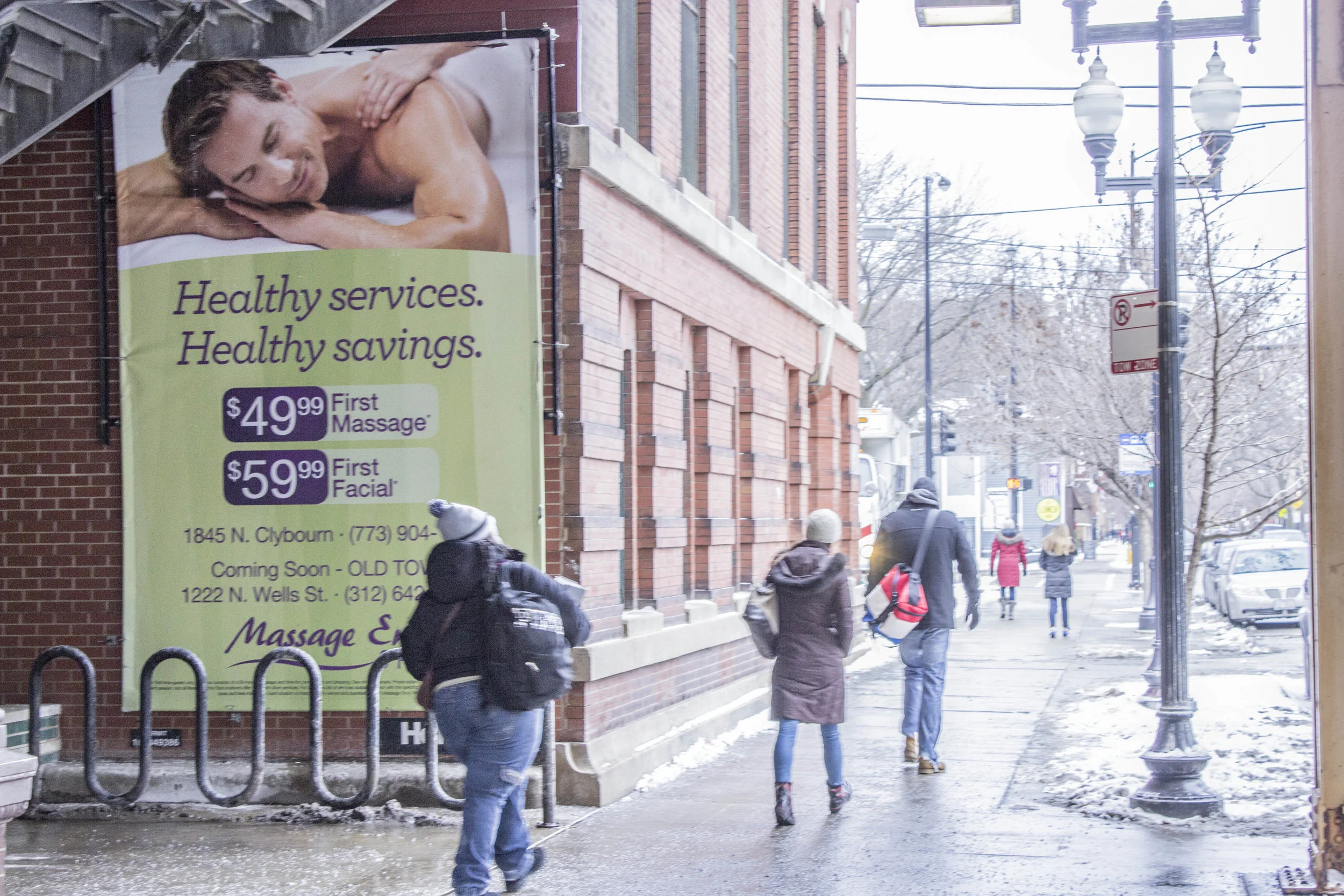

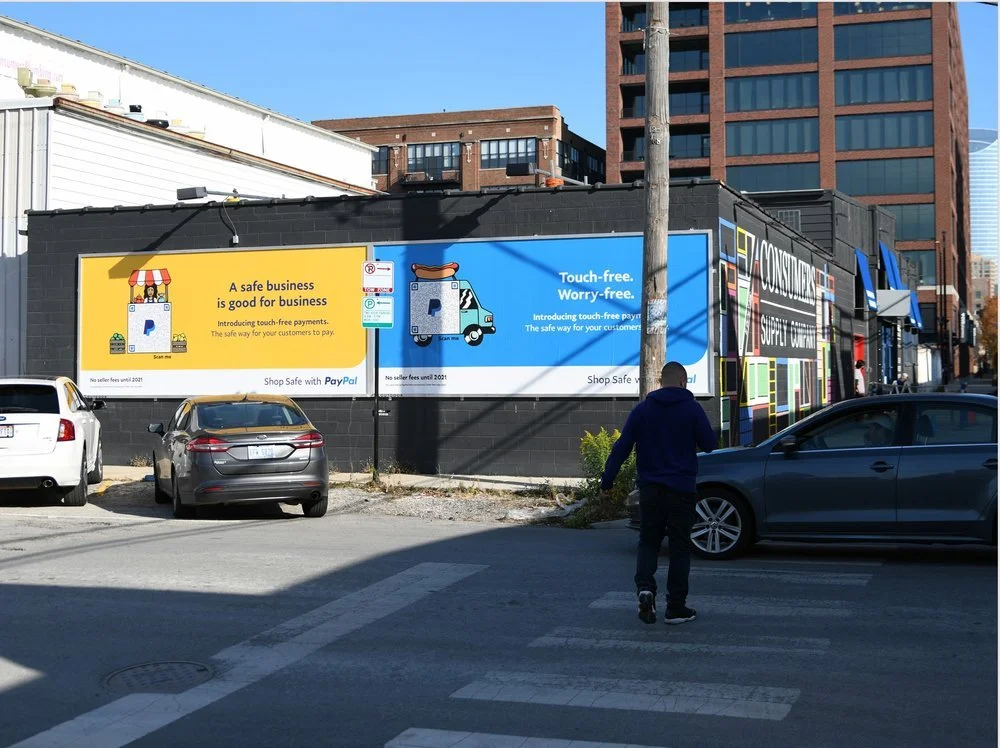
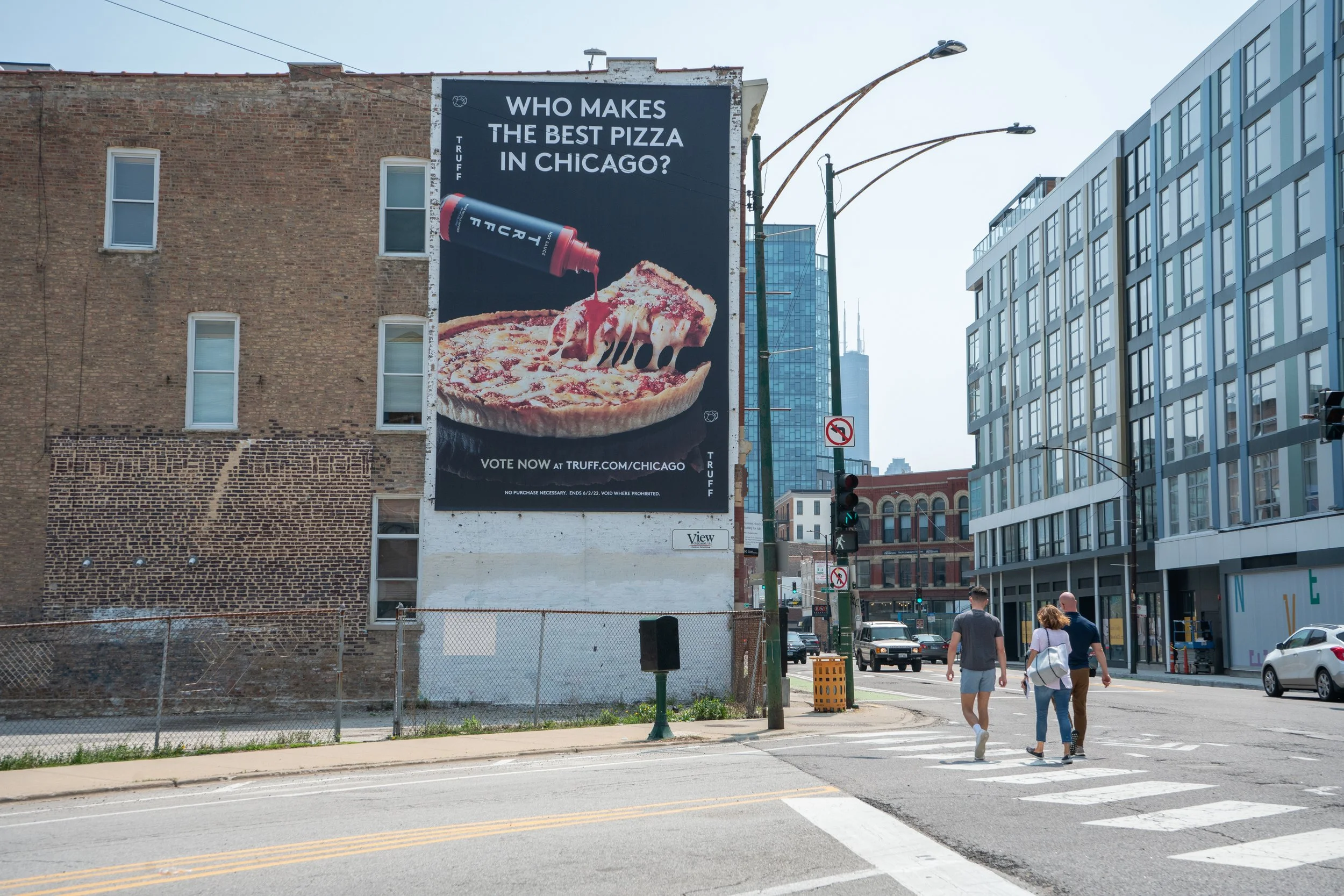






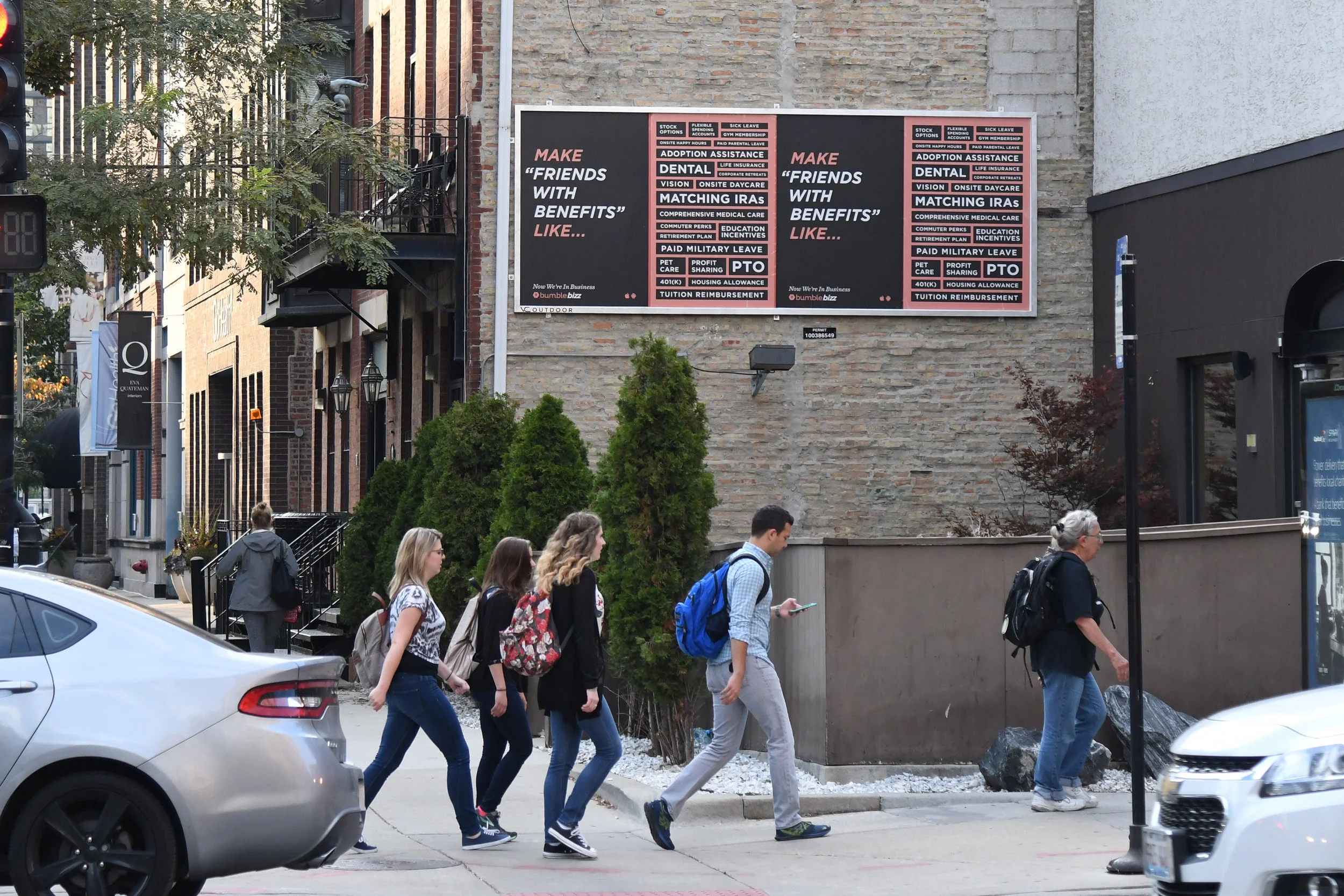
With sales during the holiday season surging over $1 trillion, businesses can’t afford to ignore this ideal time for advertising. OOH is strongly poised to help you take advantage of the higher spending that occurs during the holidays. Read more for tips on winter advertising and marketing campaign ideas that you could pair with outdoor advertising.